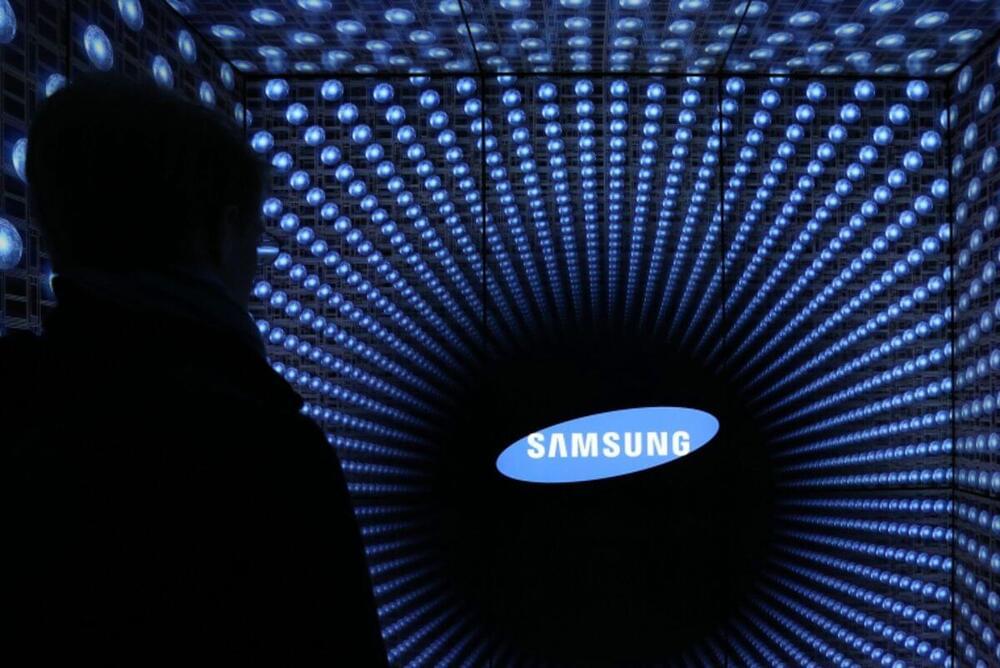Facebook is quickly being overrun by dubious, AI-generated junk — which is somehow attracting huge amounts of attention from its aging user base.
Worse yet, according to a new analysis by Stanford and Georgetown University researchers, first spotted by 404 Media, scammers and spammers are using this lowbrow content to grow their audiences on Facebook.
Even with the proliferation of AI image generators, the novelty has clearly yet to wear off for users on the largest social media network, a veritable social media dinosaur.






